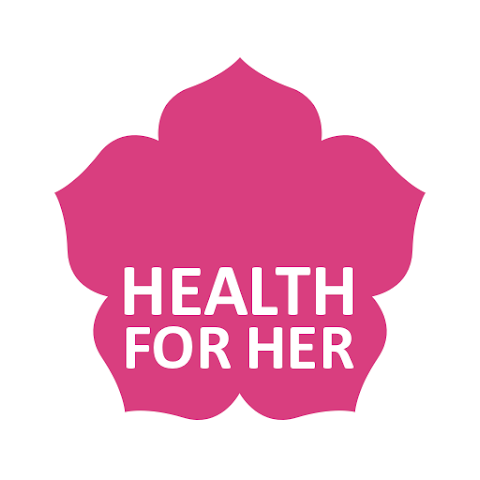The breastfeeding journey like pregnancy can be one that is so different for every woman. Some have smooth sailing while others have to go through rough seas so the important thing to remember is to never fault yourself when you are faced with feeding roadblocks or and to always ask for help when the need arises. It is absolutely ok to feel overwhelmed with the entire process and you and your lovely baby will ultimately get a hang of it.
More than being a choice, breastfeeding should essentially be looked at as a responsibility. There are myriad benefits of breastfeeding for both baby and the mother so even though it seems challenging at first, feeding cessation will only cause long term health complications for the baby and mother.
As soon as the delivery is done, there are maternity nurses or hospital lactation consultant that can help new moms with breast-feeding tips like how to position the baby and how to make sure the baby is latching properly or on breast hygiene and so on. Take all the help you can to make the breastfeeding experience a wholesome and fruitful one.
A comfortable position that works well for both you and the baby and the proper latch is key to successful breastfeeding. Use feeding or support pillows to enhance comfort. There are many breastfeeding techniques and positions so choose one that you prefer. For the first few weeks, newborns breast-feed every two to three hours so let your baby tell you when hunger strikes with early signs such as stirring, restlessness, sucking motions and lip movements.
Let the baby nurse from the first breast thoroughly till it feels soft for about 15 to 20 minutes. If the baby is gaining weight steadily and if they produce at least six wet diapers a day and stool that is yellow, seedy and loose will indicate that the baby is getting sufficient milk. The composition, color, volume, and taste of the milk can all change in response to various factors in both the baby and the mother.
Having some basic knowledge about the stages of breastmilk can also help to ensure that your baby is getting in the best feeds. The fat content in milk increases throughout each feeding, with the hindmilk providing up to two- or three-times higher fat than the foremilk. Colostrum or liquid gold has high levels of lactoferrin, a protein that also has immune properties and helps with absorption of iron. Transitional breast milk is a combination of colostrum and mature milk. Compared to colostrum, mature milk is lower in protein but higher in fat and carbohydrates. Mature milk contains about 90% water to meet your baby’s fluid needs.
It is highly important that you take good care of your nipples before and after every feed. Maintain good breast hygiene, maintain adequate hydration and a balanced diet and make it a point to make healthy lifestyle choices as all this can have a direct bearing on the quality of each feed. Most importantly get ample rest so sleep whenever the baby is sleeping so feeding times are more relaxing than stressful. Be extra careful about whatever medications you are taking and also find out from your doctor if you need to take Vitamin D supplements.
For support with your breastfeeding and to understand the right techniques of position and latch, do get in touch with our Certified Lactation Expert. Download Divakars Hospital App through Google Play Store or IOS and call, chat or do video consultation with Dr Payle Biswas Soo, Lactation and Childbirth Consultant



